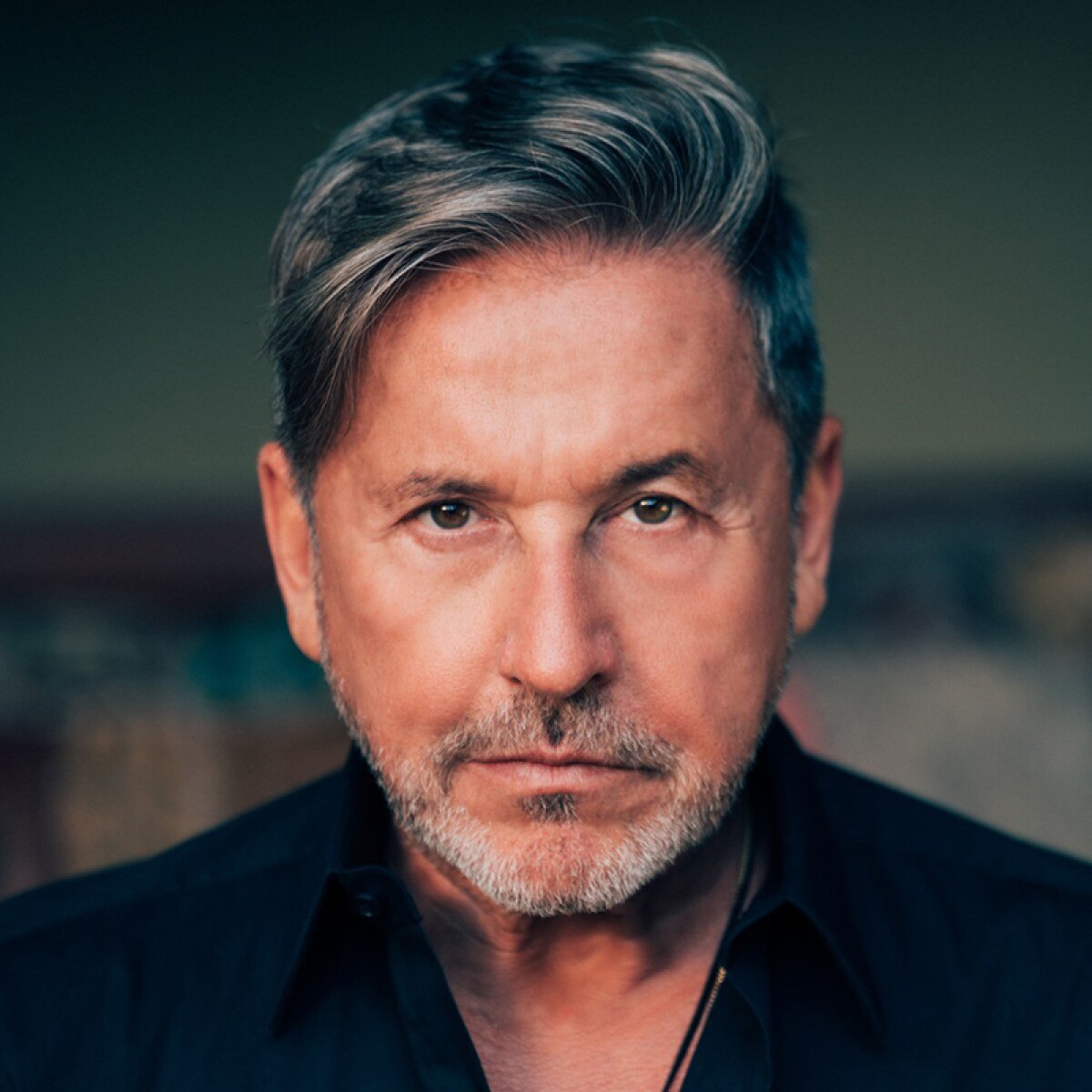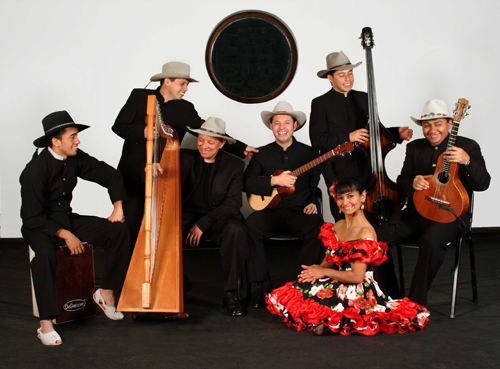Other types of folk music are played here as well. Genres like jazz, salsa, malagueña, bambuco, waltz, rumba, calypso, and bossa nova have made their way into Venezuelan music. In many cases, they’ve merged with other local styles, like joropo.
One of the biggest dance crazes was the Venezuelan merengue rucaneao that was popular during the 1920s. Compared with the more popular Dominican merengue, the rhythms are different, although it’s still a partner dance. The rhythms in Venezuelan merengue are characterized by a triplet followed by a duplet, as in ⅝ time, or a three-against-two rhythm. This may have been part of the African musical influence. The dance was particularly popular in dance halls called mabiles in Caracas. Couples would dance together with exaggerated hip movements, which was partly the cause for the controversy around this dance.
I found quite a few Venezuelan bands and musicians on Spotify, and I started with a few pop musicians. I say pop, but it’s really a Latin pop. I first listened to Ricardo Montaner, and I also listened to José Luis Rodríguez who also goes by the nickname “El Puma.”
 |
| Ricardo Montaner |
There are quite a few rock bands of all kinds. Here are a few that I listened to that I liked: Los Chamos (boy band/rock), Franco de Vita (Latin pop/rock), Los Amigos Invisibles (kind of a jazz-influenced rock), Desorden Publico (ska/pop/rock), King Chango (Latin ska), Culto Oculto (experimental rock), Caramelos de Cianuro (rock/punk), Mikel Erentxun (pop/rock), Candy66 (nu metal), and La Vida Bohème (indie rock).
 |
| Candy66 |
I found a couple of electronic groups too: Patafunk, who does more of an EDM and Latin/reggae styles, and Nuuro, who also goes by Arca apparently. I really kind of liked both of them, but they are both distinctly different.
I even listened to three hip-hop musicians. The ones I listened to were Canserbero, Nacho, and Apache. I liked all three of them, and each of them has their own style. I was surprised that I didn’t find more Latin urban music from Venezuela, but perhaps there are a lot more underground musicians out there.
 |
| Canserbero |
Up next: the food




No comments:
Post a Comment